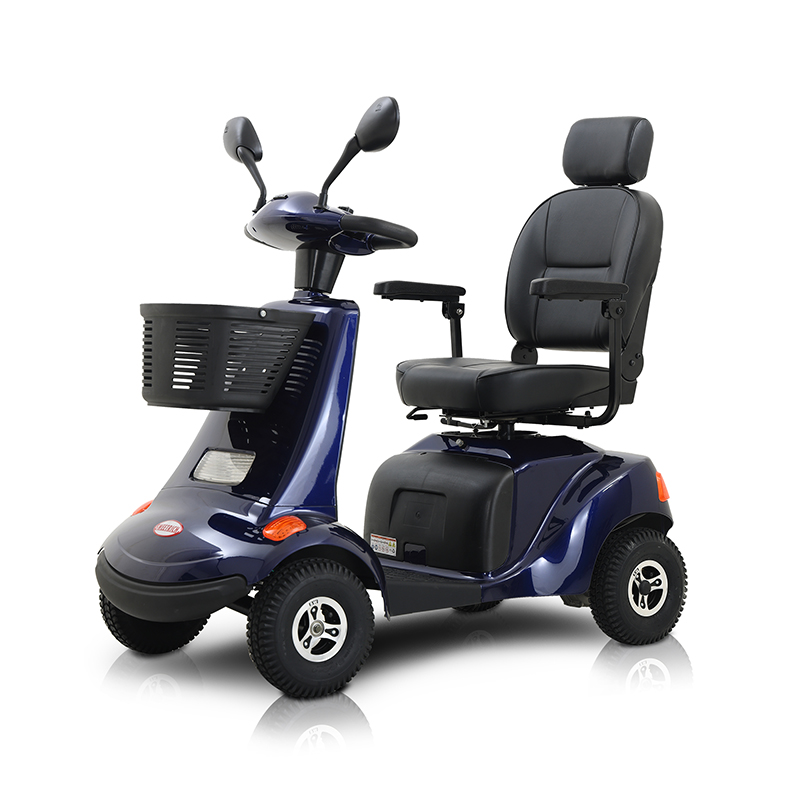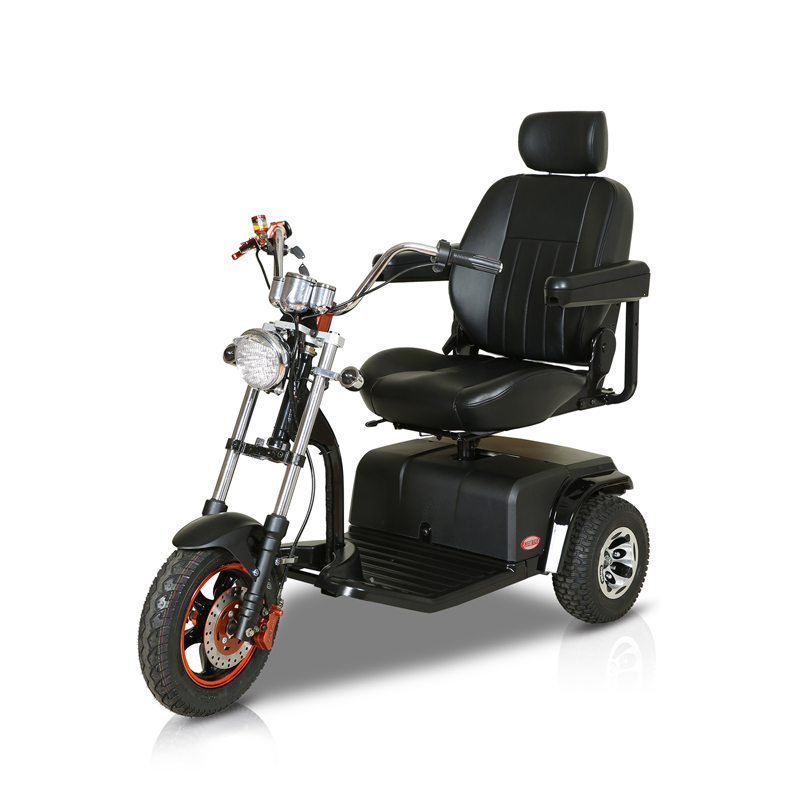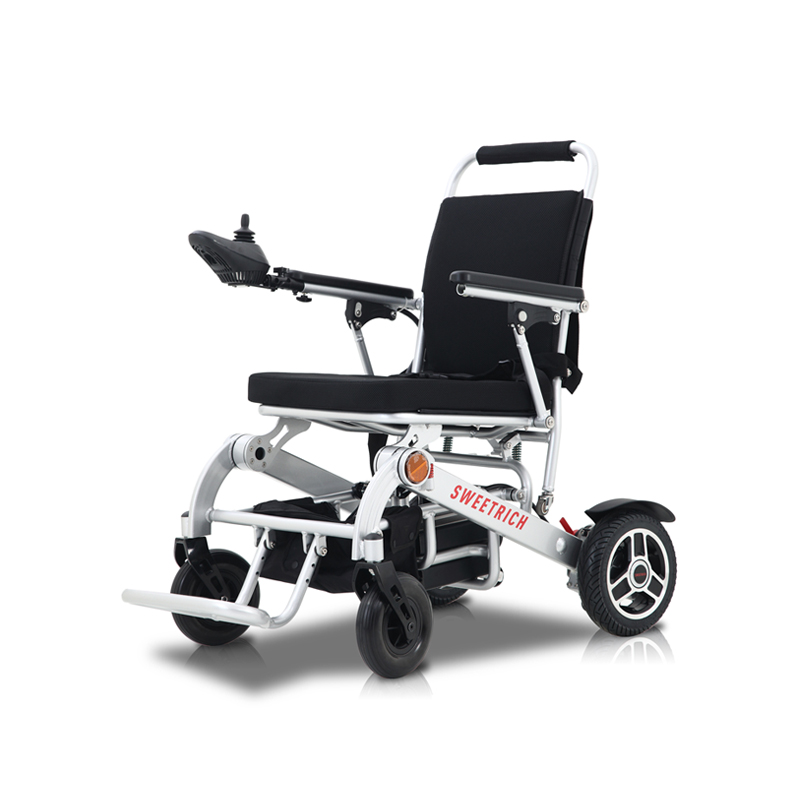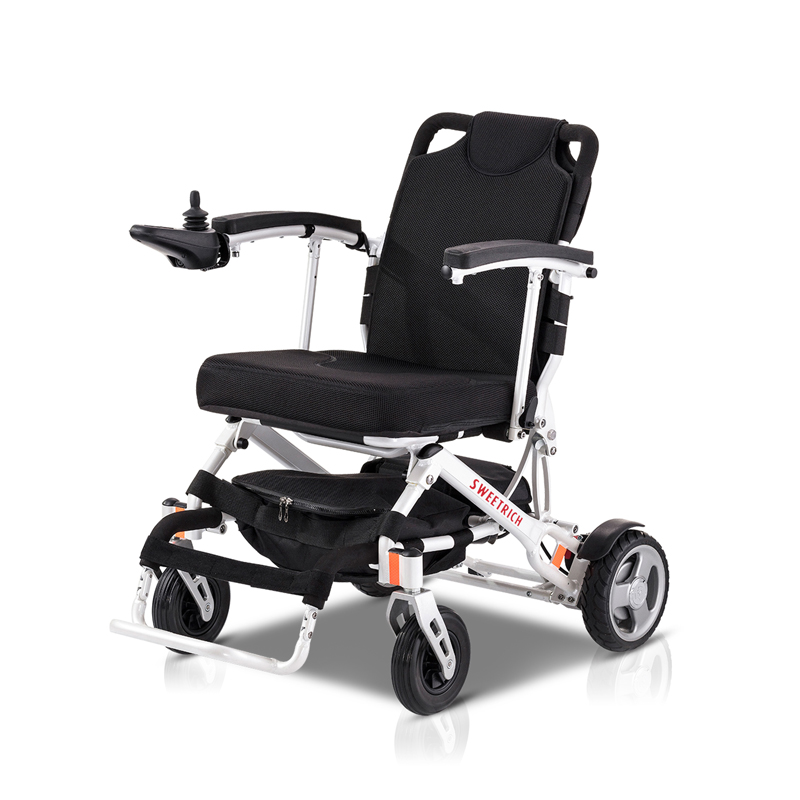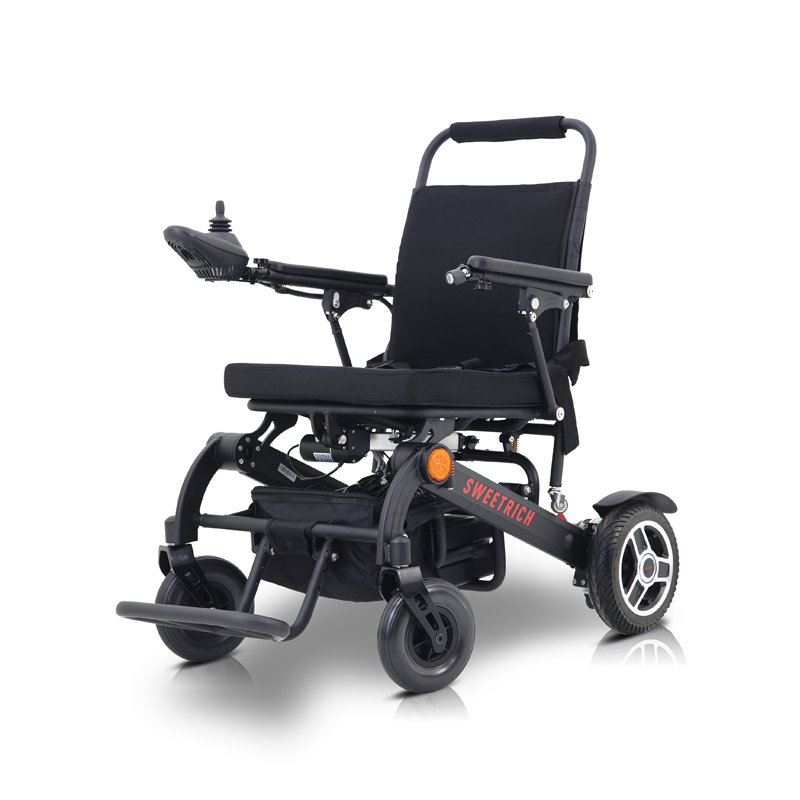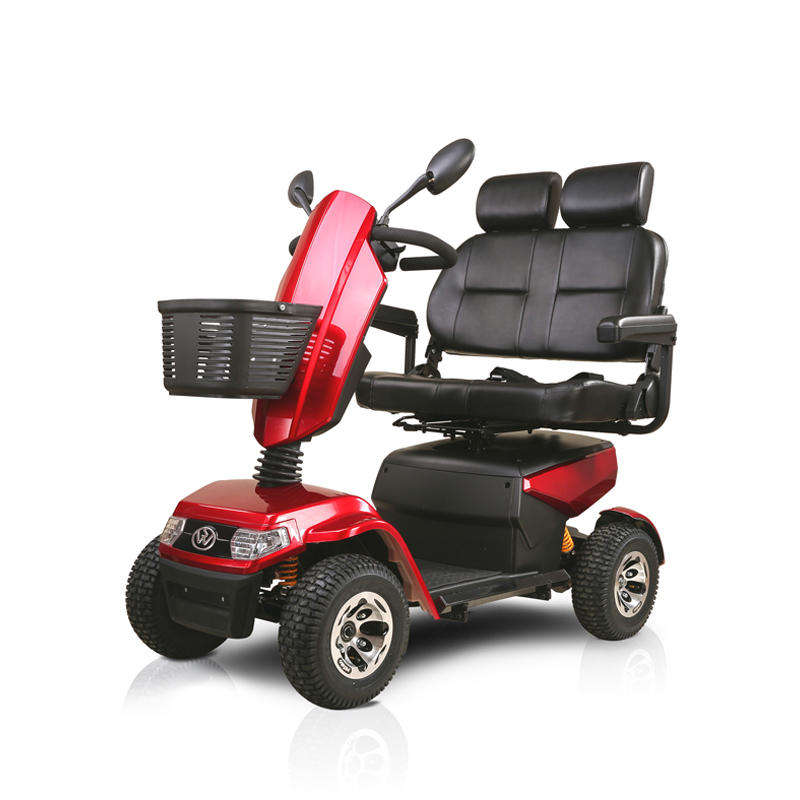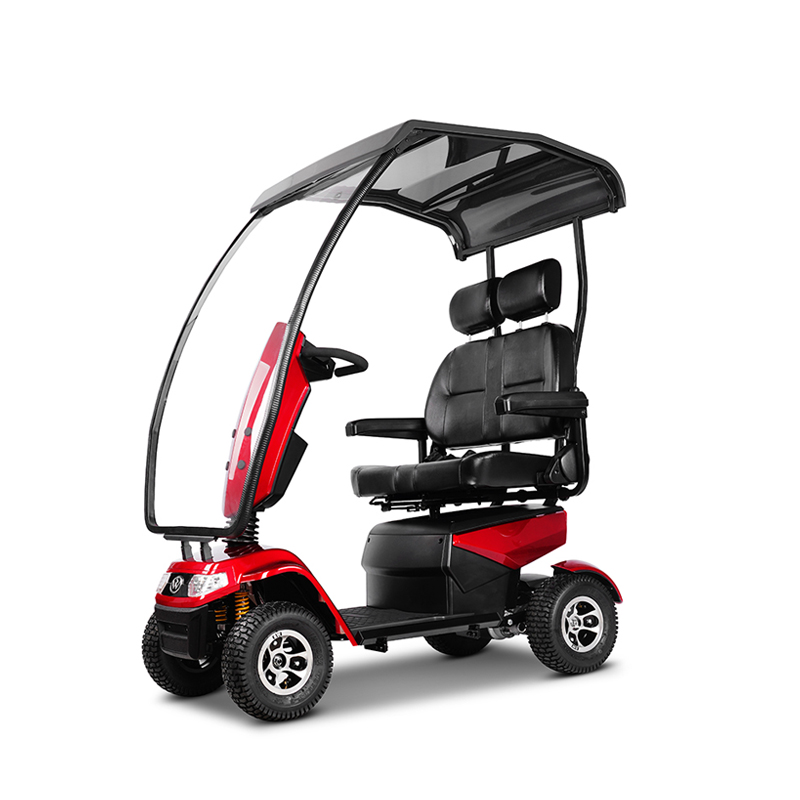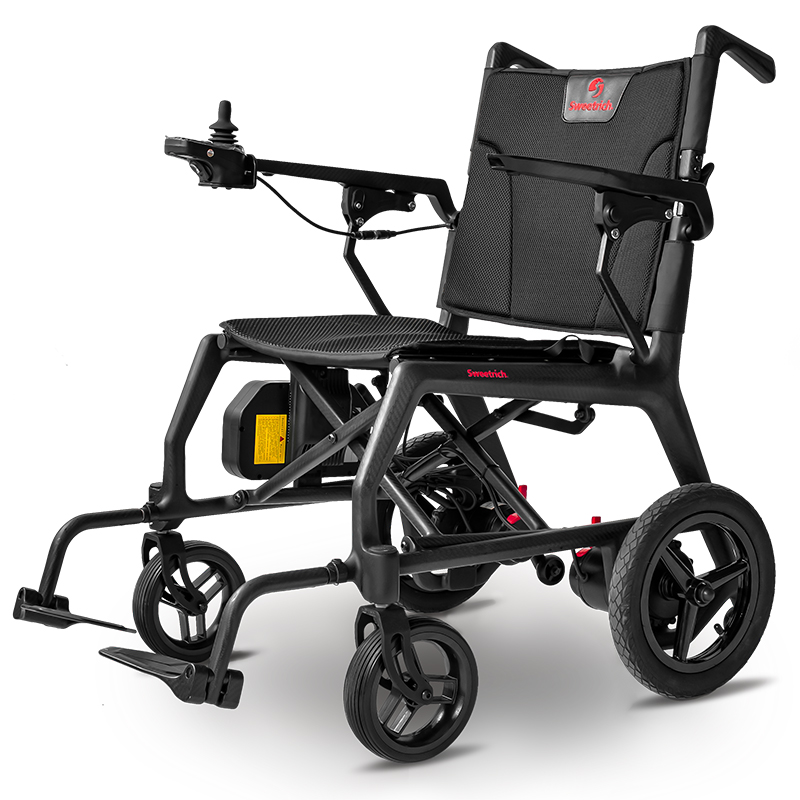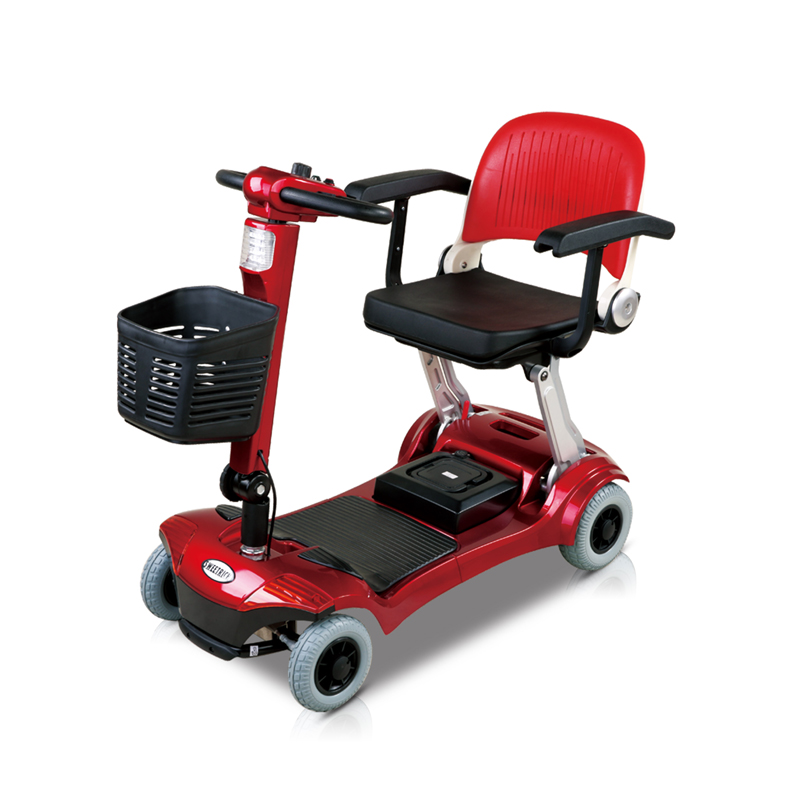
Electric Motor: Mobility scooters are equipped with an electric motor that provides the necessary power for movement. The motor is usually powered by a rechargeable battery.
Controls: The user operates the mobility scooter using a set of controls located on the handlebars. These controls typically include a throttle lever or a tiller, which allows the user to control the speed and direction of the scooter.
Battery and Charger: The mobility scooter's battery is responsible for storing electrical energy and powering the motor. It is usually a deep-cycle battery designed for long durations of use. The battery is rechargeable and needs to be periodically charged using a compatible charger.
Drive System: The electric motor is connected to the scooter's drive system, which consists of a series of gears and a transmission. The drive system transfers power from the motor to the wheels, enabling the scooter to move forward or backward.
Wheels and Tires: Mobility scooters typically have four wheels, including two large drive wheels at the rear and two smaller wheels at the front for stability. The wheels are usually equipped with pneumatic or solid rubber tires to provide traction and a comfortable ride.
Suspension and Steering: Some mobility scooters feature suspension systems to absorb shocks and provide a smoother ride over uneven terrain. The steering mechanism allows the user to turn the scooter by adjusting the tiller or handlebars.
Safety Features: Mobility scooters are equipped with safety features to ensure the user's well-being. These may include lights, reflectors, horn, rearview mirrors, and a braking system that can be operated by the user.
It's important to note that different models of mobility scooters may have variations in design and features. Before using a mobility scooter, it's advisable to familiarize yourself with the specific user manual and instructions provided by the manufacturer to ensure safe and proper operation.

